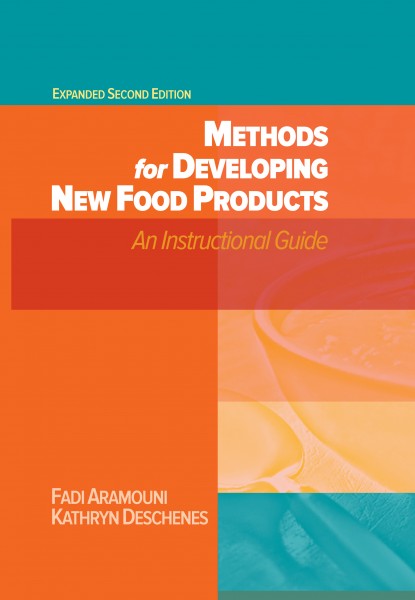More than half of U.S. consumers often read the food label when buying a product for the first time. These consumers also are increasingly aware of the link between diet and heart disease.
Those are a few insights from theFood and Drug Administration(FDA),which just released a "Health and Diet Survey4," a snapshot of the nation's dietary habits.
FDA said it conducted the 2008 telephone survey of more than 2,500 adults in every state and the District of Columbia. Officials said this was the 10th such survey since 1982. The most recent previous surveys were conducted in 2002 and 2004.
Linking diet and heart disease
Among the highlights of survey findings in regard to how diet affects health:
-- More U.S. consumers know of the relationship between diet and heart disease. Ninety-one percent knew of this link, an 8 percent jump from 2002. In addition, 62 percent of consumers mentioned fats as a factor related to heart disease, compared to 53 percent in 2002.
-- Eighty-one percent of consumers know that certain foods or drinks may help prevent heart disease or heart attacks. This result showed no change from 2002. While fruits and vegetables were most frequently linked with reducing heart disease, fewer people made this link in 2008 than in 2002.
-- Consumer awareness that trans fats in the diet may raise the risk of heart disease nearly doubled over just four years, from 32 percent in 2004 to 62 percent.
-- Correct identification that omega 3 fatty acids may lower the risk of heart disease increased, from 31 percent in 2004 to 52 percent in 2008.
-- Knowledge that saturated fat may raise the risk of heart disease was stable: it was 74 percent in 2004 and 73 percent in 2008.
Food label highlights
Findings in regard to food labels include:
-- More than half (54 percent) of consumers said they read a product's label the first time they buy the product. That's a 10 percent increase from 2002.
-- Among those who in 2008 reported they read the nutrition label the first time they buy a product,
two-thirds use the label “often” to check how high or low a food is in calories and in substances such as salt, vitamins, and fat.
-- 55 percent “often” use the label to get a general idea of the food's nutritional content.
-- 46 percent “often” use the calorie information on the label. Thirty-four percent rarely or never use the calorie information.
-- Thirty-eight percent of consumers said they use nutrient content claims (such as “low fat,” “high fiber,” and “cholesterol-free”) “often”; 34 percent answered “sometimes.”
-- When asked if they refer to the label claim of “0 grams of trans fat,” 31 percent said “often” and 36 percent said “sometimes.”
-- The survey found differing degrees of trust about claims found on food labels. For example, 41 percent of consumers believe that all or most of claims such as “low fat,” “high fiber,” or “cholesterol free” are accurate, while 56 percent believe that some or none of them are accurate.
-- Also, 64 percent of consumers reported seeing nutrition labeling on menus, napkins, or place mats in restaurants. About half of these consumers use this information often or sometimes.
Eating habits
The survey also examined eating habits. Among findings in that category were that:
-- 54 percent of consumers reported eating breakfast seven days a week, while 8 percent said they skip the meal every day. In contrast, 86 percent said they eat dinner seven days a week, while 1 percent said they always skip it.
FDA said its Center for Food Safety and Applied Nutrition5 have posted findings from the survey, as well as a related fact sheet, on its Web site.
FDA: Consumers read labels, link diet and heart disease
Looking for a reprint of this article?
From high-res PDFs to custom plaques, order your copy today!



